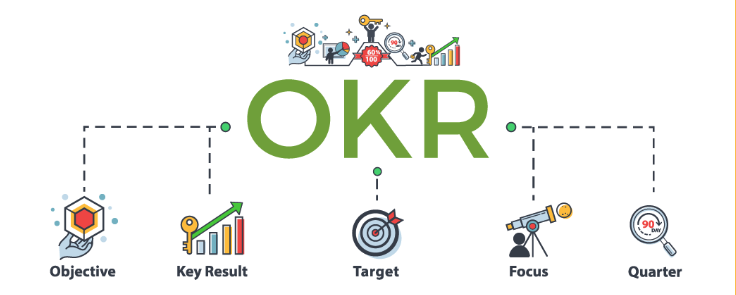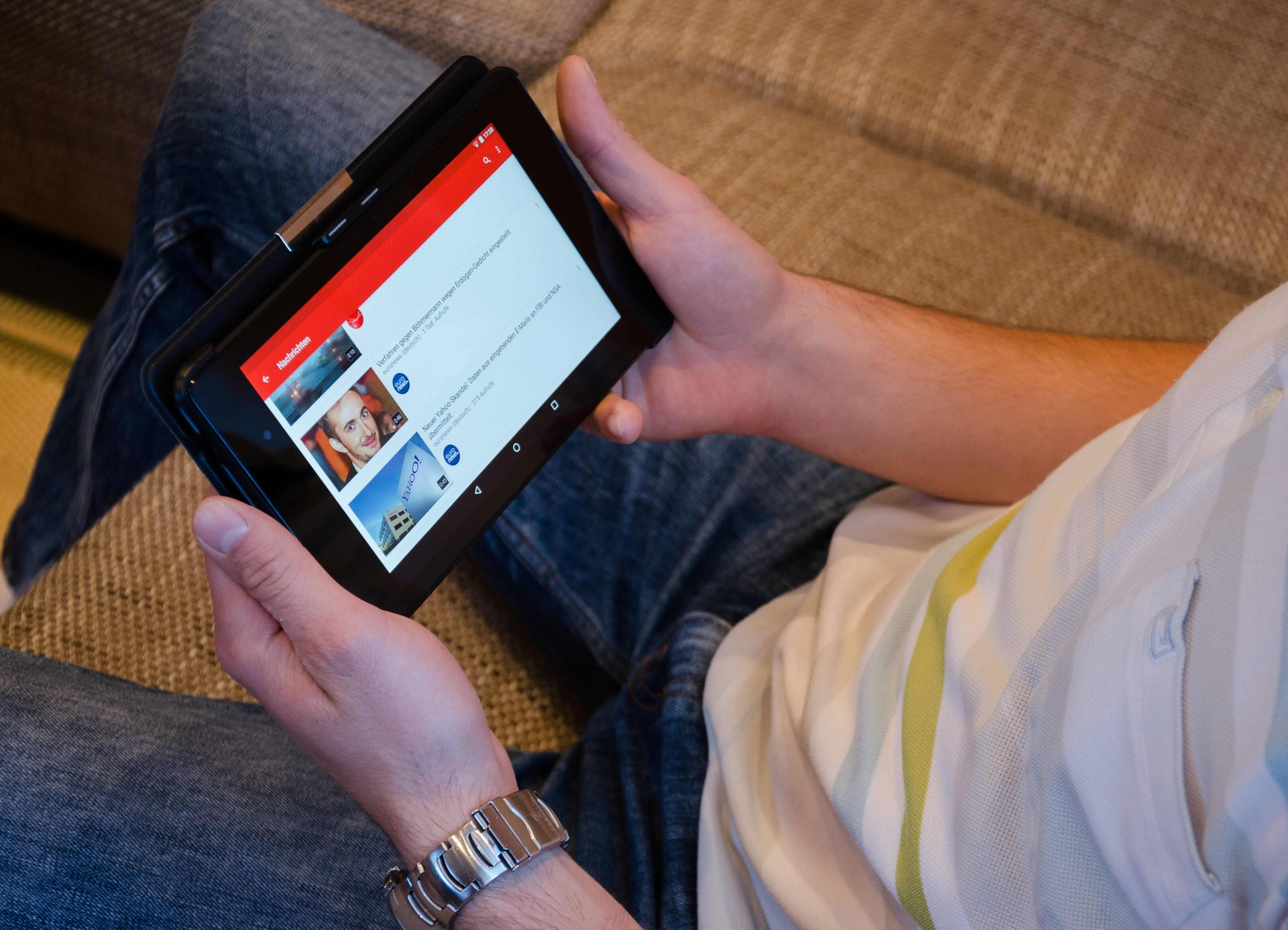Employee Goals: The Mindset of Achievement in the Workplace
Exploring the psychology behind goal setting and achievement provides valuable insights into how employee goals influence motivation, performance, and the ability to overcome obstacles. This blog post delves into these psychological aspects, highlighting the impact of setting challenging versus achievable goals and strategies for overcoming common hurdles in the workplace.
Employee Goals: The Role of Motivation
Motivation is the driving force behind setting and pursuing goals. When employee goals align with personal values and aspirations, motivation naturally increases, propelling individuals towards achievement. Intrinsic motivation, or the desire to perform an activity for its own sake, plays a crucial role in setting meaningful goals. Employers can foster this by ensuring that employee goals resonate on a personal level, thereby enhancing engagement and satisfaction.
Employee Goals: Challenging Versus Achievable
The balance between setting challenging and achievable goals is delicate yet critical. Goals that are too easy may not provide enough stimulation, leading to boredom and a lack of engagement. Conversely, overly ambitious goals can result in frustration and a sense of failure. The key is to set goals that are Specific, Measurable, Achievable, Relevant, and Time-bound (SMART). This approach ensures that employee goals are challenging enough to be engaging but also attainable, striking the right balance to maximize motivation and productivity.

Overcoming Obstacles with Goals
Obstacles are inevitable in any goal-setting process. However, the way employees perceive and tackle these challenges can significantly influence their success. A growth mindset, which views challenges as opportunities for learning and development, can be incredibly beneficial. Employers can support this mindset by encouraging problem-solving, offering resources for skill development, and creating an environment that values persistence and resilience.
Strategies for Success
Several strategies can enhance the effectiveness of goal setting and achievement in the workplace:
Clear Communication: Ensure that goals are clearly communicated and understood. This includes discussing how each goal aligns with broader company objectives and the employee’s personal growth.
Regular Check-ins: Frequent meetings to discuss progress can help keep employees on track and provide opportunities for feedback and adjustment of goals as needed.
Supportive Culture: Cultivating a supportive environment where employees feel encouraged to share their challenges and successes can foster a sense of community and shared purpose.
Recognition and Reward: Acknowledging achievements, no matter how small, can boost morale and motivation. This could be through formal recognition programs or informal expressions of appreciation.
Conclusion: The Power of Employee Goals
Understanding the psychology behind goal setting and achievement sheds light on the importance of carefully crafted employee goals. These goals not only drive individual performance but also contribute to the organization’s overall success. By considering motivation, the balance between challenge and achievability, and strategies for overcoming obstacles, employers can create an environment where employees feel empowered to reach their full potential.
Discover how aligning employee aspirations with company objectives can propel growth by reading our in-depth exploration, “Employee Goals: Aligning Aspirations to Propel Company Growth.”









